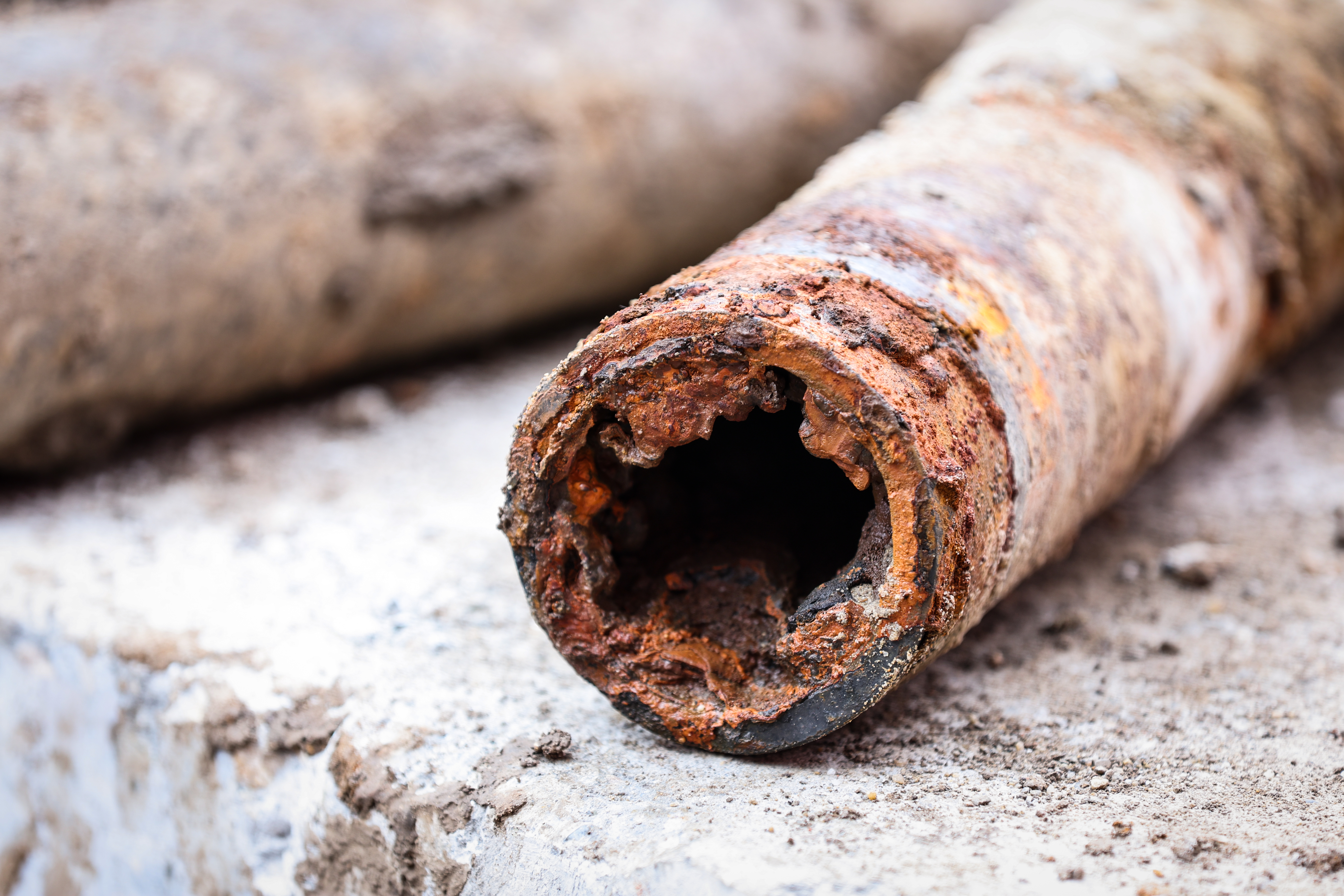
Understanding Oxidation: What It Is and How to Remove It
Written by Joseph Daniel – ITD Inc. | Published October 2024

Oxidation is a natural chemical process that affects a wide range of materials, from metal to paint to organic substances. While it plays a critical role in many biological and environmental processes, oxidation can also lead to the deterioration of materials, causing rust, tarnish, and other forms of degradation. This article explores the chemistry behind oxidation and the methods used to remove it effectively.
WHAT IS OXIDATION?
At its core oxidation is a chemical reaction in which a material loses electrons when it comes into contact with an oxidizing agent. This process is often associated with oxygen, as the name suggests, but other elements like chlorine or fluorine can also act as oxidizing agents.
For example, when iron reacts with oxygen in the presence of water, it forms iron oxide, commonly known as rust. This is a classic case of oxidation, where iron (Fe) loses electrons to oxygen (O2), leading to the formation of Fe2O3, or rust. The same process can cause copper to develop a green patina, silver to tarnish, and apples to turn brown when exposed to air.
The Chemistry Of Oxidation Removal
Removing oxidation involves reversing or halting the chemical process that caused it. The method chosen depends on the material affected and the type of oxidation present. Here’s a look at the chemistry behind some common oxidation removal techniques.
Reduction Reactions
To reverse oxidation, reduction reactions are often employed. Reduction is the chemical process in which a substance gains electrons, effectively counteracting oxidation. For instance, rust on iron can be treated with chemical reducing agents, such as acid cleaners. Certain acid products can convert iron oxide (rust) into iron phosphate, a more stable compound that can be easily removed or coated. Product: ITD’s Phosphatizer 22.
UNDERSTANDING THE CHEMISTRY BEHIND OXIDATION AND ITS REMOVAL TECHNIQUES IS CRUCIAL FOR MAINTAINING THE LONGEVITY AND APPEARANCE OF VARIOUS SURFACES, FROM METALS TO ORGANIC SUBSTANCES.
Chelation
Chelating agents are chemicals that can bind to metal ions and pull them away from the oxidized surface, effectively cleaning the material. Specialty cleaning products, such as ITD’s Ox Killer or Gutter Brite, contain chelators that bind to the metal ions, which helps dissolve the oxidized layer without damaging the underlying material.
Abrasive Methods
In some cases physical removal of the oxidized layer is necessary. This can be done through abrasive methods like sanding, polishing, or scrubbing with fine abrasives. The key here is to remove the oxidized layer without affecting the material beneath it. This method is commonly used for metals like aluminum or stainless steel, where the oxidation is superficial.
Chemical Cleaners
Various chemical cleaners are available for oxidation removal, each tailored to specific materials. For example, mild acid cleaners, such as ITD’s AC-102, are often used to remove oxidation from stainless steel and aluminum. These cleaners work by breaking down the oxide layer without harming the metal underneath. In contrast, silver tarnish is often removed with chemical dips that contain thiourea or other sulfur-based compounds, which react with the tarnish (silver sulfide) and restore the metal’s shine.
Electrochemical Methods
Electrochemical reduction, or electrolysis, is another technique used to remove oxidation, particularly for metals. In this method an electrical current is passed through the oxidized material, promoting the reduction of the oxide layer back into the pure metal. This process is commonly used in the restoration of antique metal objects.
Preventing Future Oxidation
While removing oxidation is essential for restoring materials, preventing future oxidation is equally important. Protective coatings, such as paints, sealants, and corrosion inhibitors, can be applied to metals to form a barrier against oxygen and moisture. Additionally, regular maintenance and proper storage conditions can help minimize exposure to elements that cause oxidation.
Oxidation is an inevitable chemical process that affects many materials, but with the right knowledge and tools, it can be effectively managed and removed. Understanding the chemistry behind oxidation and its removal techniques is crucial for maintaining the longevity and appearance of various surfaces, from metals to organic substances. By employing methods such as reduction, chelation, and the use of chemical cleaners, you can restore oxidized materials and protect them from future damage.
This article was written by Joseph Daniel, CEO of ITD Chemical, a leading expert in chemical solutions for material preservation and restoration. With years of experience in the industry, Joseph and the ITD team specialize in providing effective solutions for oxidation removal and prevention. For more information, visit www.ITDinc.biz


